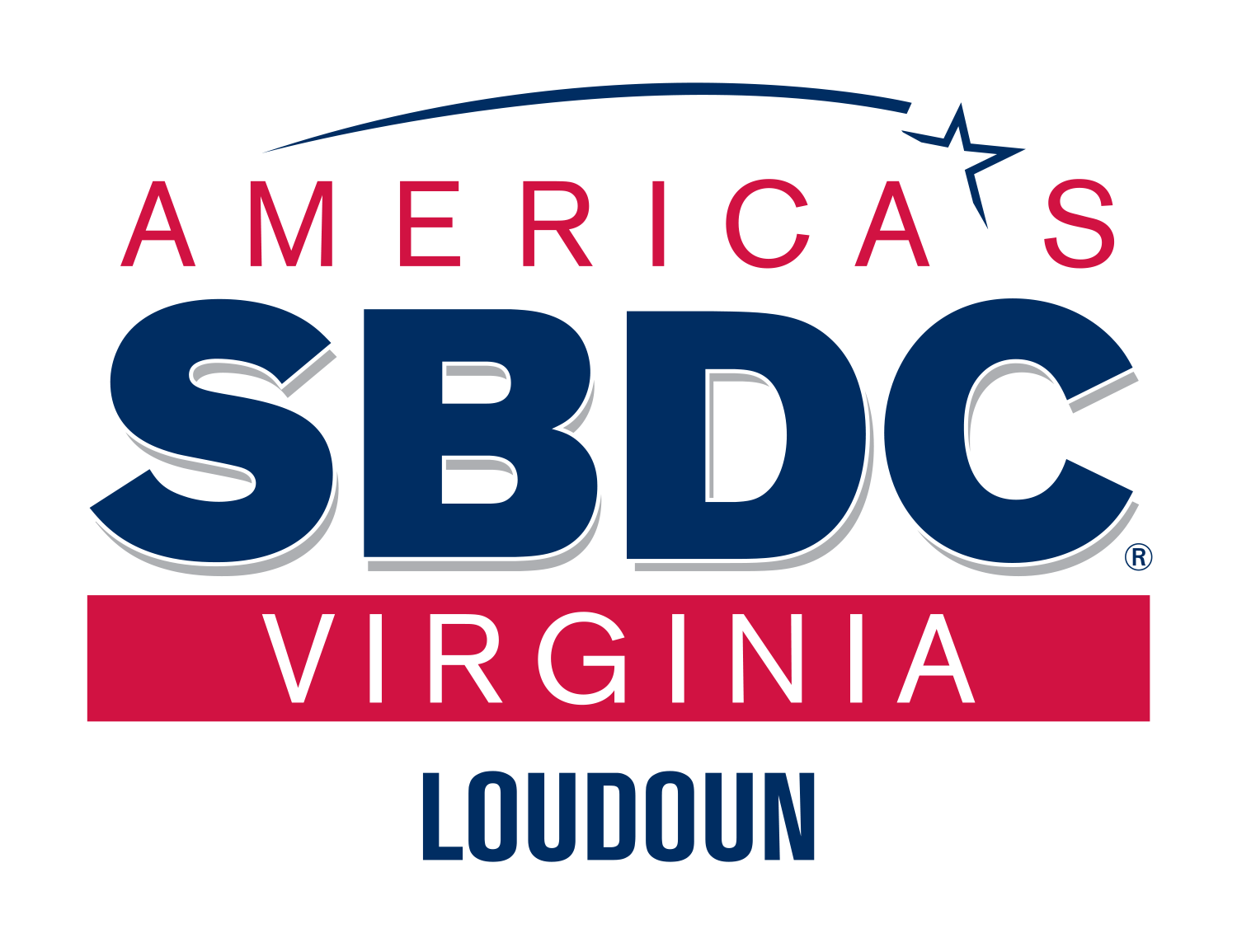The SBA has rolled out a new round of federal loans for businesses impacted by COVID-19, one of which is the Paycheck Protection Program (PPP). The new PPP has $284.5 billion available, including $35 billion for first-time loans, and has several important differences from the original PPP.
Eligibility
First-time PPP loans are available to borrowers that were in operation on Feb. 15, 2020, and come from one of the following groups:
- Businesses with 500 or fewer employees that are eligible for other SBA 7(a) loans.
- Sole proprietors, independent contractors, and eligible self-employed individuals.
- Not-for-profits, including churches.
- Hospitality operations with fewer than 500 employees per physical location.
- Business leagues, such as chambers of commerce, visitors’ bureaus, etc. that have 300 or fewer employees and do not receive more than 15% of receipts from lobbying.
- Select news organizations with no more than 500 employees per location.
In a change from the original PPP, publicly traded companies and businesses controlled, either directly or indirectly, by the president, vice president, head of executive departments, and members of Congress (or their spouses as defined by applicable common law) are not eligible for PPP loans.
Loan Amounts
PPP borrowers may receive a loan amount of up to 2.5 times their average monthly payroll costs (with a cap per employee of $100,000 annualized) in 2019, 2020, or the year prior to the loan.
- Hospitality businesses (such as hotels and restaurants) can receive up to 3.5 times their average monthly payroll costs on second-draw loans.
- The maximum for a first-draw PPP loan is $10 million, the same as in the original PPP.
Eligible costs
PPP borrowers can have their first draw loans forgiven if the funds are used on eligible costs. As with the first round of the PPP, the costs eligible for loan forgiveness in the revised PPP include payroll, rent, covered mortgage interest, and utilities. In addition, the following costs are now eligible:
- Covered worker protection and facility modification expenditures, including personal protective equipment, to comply with COVID-19 federal health and safety guidelines.
- Covered property damage costs related to property damage and vandalism or looting due to public disturbances in 2020 that were not covered by insurance or other compensation.
- Expenditures to suppliers that are essential at the time of purchase to the recipient’s current operations.
- Covered operating expenditures, which refer to payments for any business software or cloud computing service that facilitates business operations; product or service delivery; the processing, payment, or tracking of payroll expenses; human resources; sales and billing functions; or accounting or tracking of supplies, inventory, records, and expenses.
To be eligible for full loan forgiveness, PPP borrowers will have to spend no less than 60% of the funds on payroll over a covered period between eight or 24 weeks.
Minority, underserved, veteran, and women-owned businesses
The Economic Aid Act provides set-asides for new and smaller borrowers, for borrowers in low- and moderate-income communities, and for community and smaller lenders. Detailed set-asides are available on the SBA web site.
To promote access to capital, initially only community financial institutions will be able to make First Draw PPP Loans on Monday, January 11.
More details can be found at: https://www.sba.gov/funding-programs/loans/coronavirus-relief-options/paycheck-protection-program
